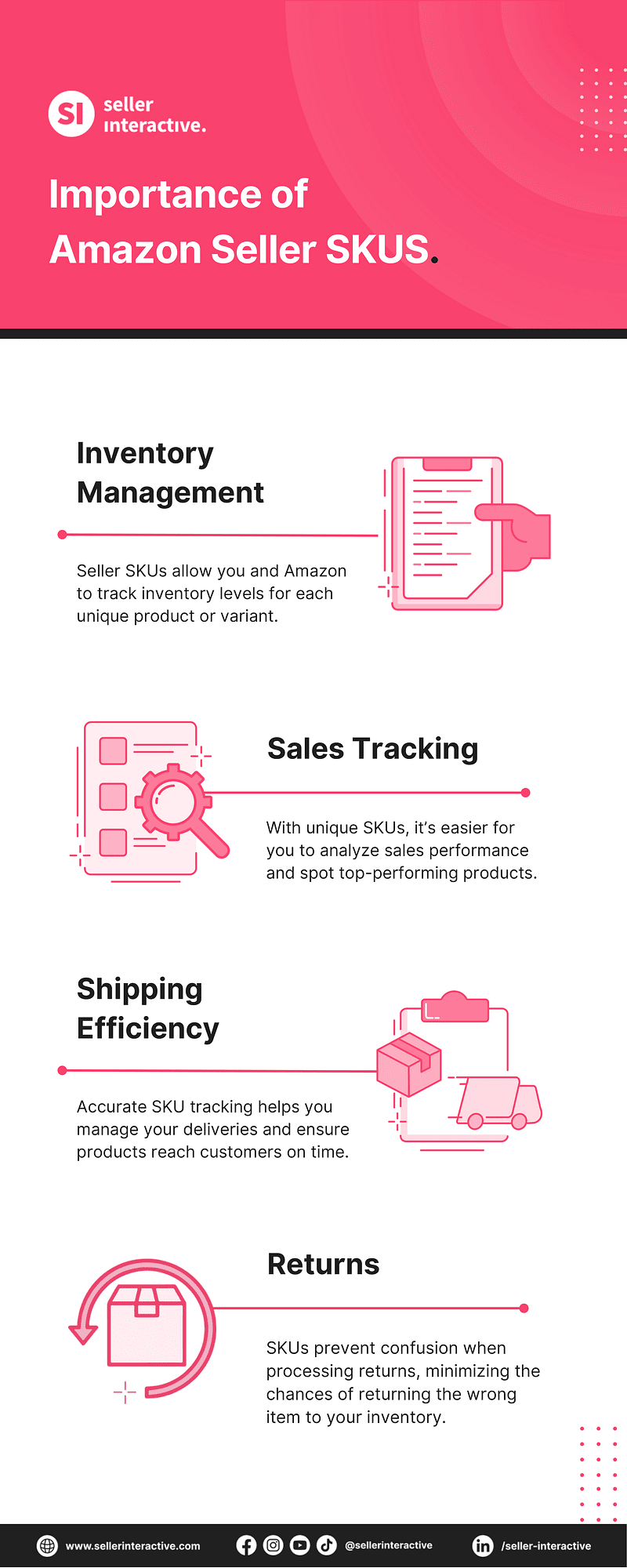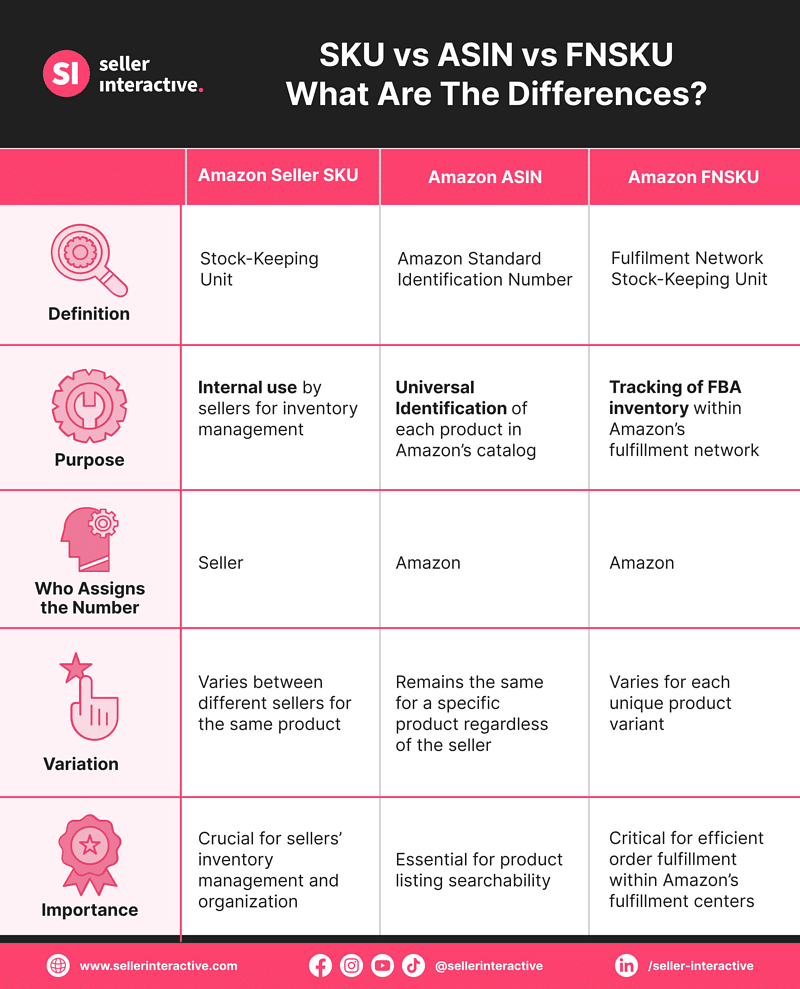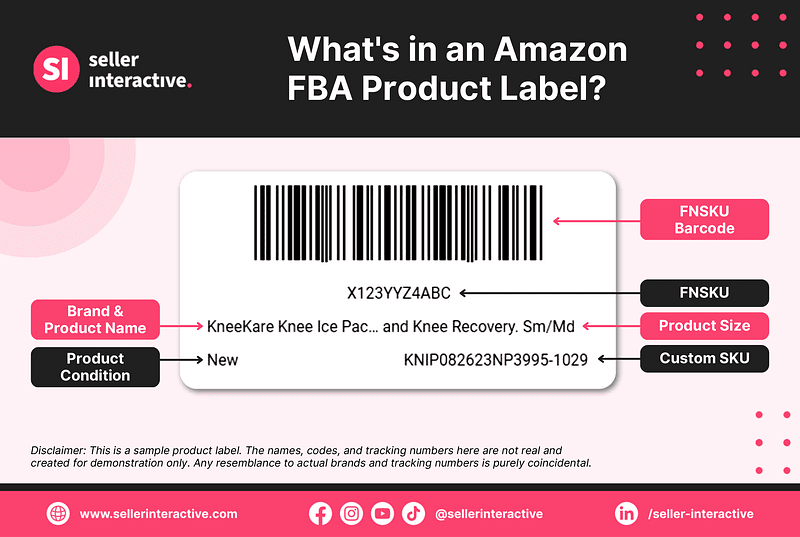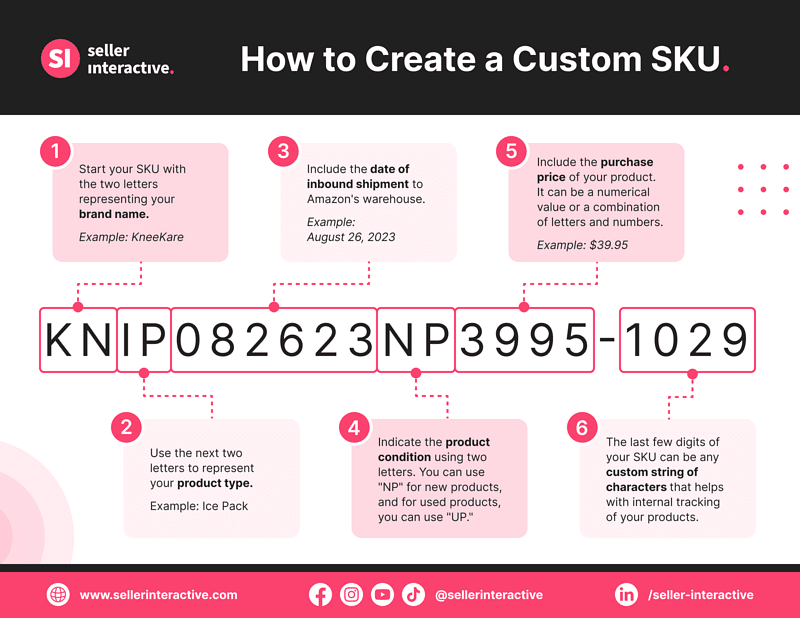Do you have a knack for capturing breathtaking photos? If you’re a photographer wanting to turn a simple hobby into a profitable and lucrative business venture, Amazon may be your door to success. Learning how to sell photography prints on Amazon is one fantastic opportunity.
With its extensive customer base and established infrastructure, Amazon provides a platform for artists and photographers to reach a global audience and gain profit for their creative works.
Let's discuss selling photography prints on Amazon and discover how powerful images can be for your product listings.
The Reality of Selling Photography on Amazon
The Amazon marketplace is the perfect haven for any seller and merchant, considering its almost 200 million monthly site visitors and customers worldwide. Its huge customer and seller base gives any aspiring Amazon business owner vast opportunities, no matter what types of products they sell.
While the numbers may seem convincing, a seller planning to build a photography brand on the platform may still be skeptical and ask, “how profitable will selling photography prints be on Amazon?”
Go to Amazon and type “photography prints” in your search bar.
The search results will show you a quick overview of this product subcategory’s current state. You may notice that most of the resulting products come from sellers who mass-print or mass-produce photos.
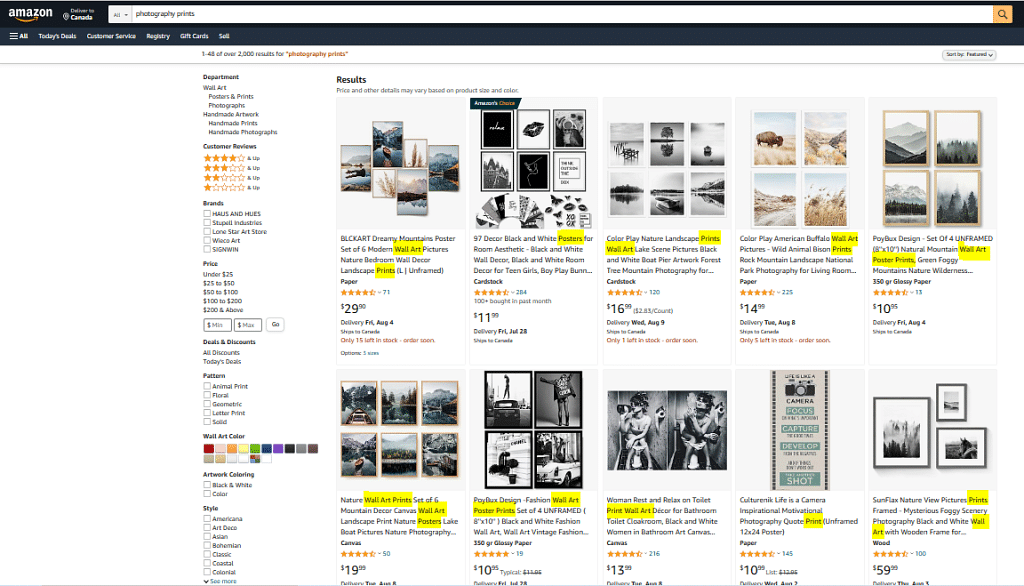
While mass-producing isn’t inherently wrong, these sellers may give you the impression that the photos they sell aren’t their original work. They may have picked these images from highly accessible sites like Shutterstock or Pinterest instead.
The truth is selling your professional photography prints on Amazon is hardly a stroll through the park.
This is especially true if you are unfamiliar with the platform and tools available for artists to explore.
For instance, you may open a regular Amazon seller account and sell your photos as prints, posters, photo books, or digital content like every other merchant on the e-commerce platform. But with the fierce and cutthroat competition, your stunning photo prints may easily get lost in a sea of similar-looking products.
Alternatively, you may prefer to launch your own website and sell there. However, unlike Amazon, which already boasts a large and established customer base, you’d have to build your target audience from the ground up and start from scratch by opening a new site.
So where does that leave hopeful photographers like you who simply wish to profit from their precious hobby and art?
Amazon Photography Brand: How to Sell Photography Prints on Amazon
Fortunately, selling and establishing a brand on Amazon is still viable because the e-commerce giant sees these common artists’ and sellers’ struggles.
How can photographers sell digital products or prints on Amazon? Here are three ways to try:
Through Amazon Handmade
With the Amazon seller population continuously skyrocketing, it’s inevitable for some to get buried in the competition. The e-commerce platform launched Amazon Handmade in 2015 to help struggling sellers and artists who wish to share and sell handmade crafts.
Amazon Handmade was created exclusively to support artists and their small businesses, allowing them to shine and highlight their artistry. Handmade sellers and products are separated from the sea of the usual Amazon merchant crowd, giving them higher chances of gaining conversions and sales.
The Handmade category is among the least popular product groups on the platform; its sellers have one of the highest profit margins (more than 20%).
This JungleScout report shows that while Handmade may not be as well-known as other product categories, it could only be attributed to its limited number of sellers.
Interested sellers must complete an artisan application process before opening an Amazon Handmade seller account. This application form intends to prove that the seller is a genuine handmade crafter or artist.
In the application process, sellers will be asked questions about the nature of their work, products (handmade, handcrafted, hand-altered, etc.), and their production process.
They must also provide a portfolio showing photos of their work. Once approved, Handmade sellers can choose to sell the following items:
- Artwork*
- Baby accessories and products
- Beauty & Grooming
- Clothing & Accessories
- Handbags & Tote bags
- Home Decor
- Jewelry
- Kitchen & Dining
- Pet accessories and products
- Stationery & Party Supplies
- Toys & Games.
*Prints, Paintings, and Photographs fall under the Artwork subcategory.
| 📦 Amazon also offers the FBA fulfillment service and Prime benefits for Handmade sellers to help with shipping processes and other transactions. |
Through Amazon Merch on Demand
Besides Amazon Handmade, photographers can prosper through Amazon Merch on Demand. Instead of releasing a fixed printed product list featuring your photos or art, you can let your customers decide where to place them.
Your customers may want to see your photos printed on mugs, shirts, or elsewhere instead of just plain prints or posters. Rather than attaching your pictures on specific items independently, simply upload your professional images and let Amazon do the rest of the work on your behalf with Merch on Demand.
With Amazon Brand Registry
Before you start selling and displaying your professional photos to the world, it’s best to take certain measures to ensure your products and art are properly protected and credited.
Like artists who sell digital art, photographers must copyright their work and protect their intellectual property. Registering your products for brand protection is especially important as infringement cases on digital goods are rampant.
To ensure your products are protected, the e-commerce giant encourages regular and Handmade sellers to register their brands and products in the Amazon Brand Registry.
With Amazon Brand Registry and Amazon’s Counterfeit Crimes Unit (CCU), you can easily track down third-party sellers who may be violating your intellectual property rights and immediately report such violations with Amazon’s brand protection tools. Sellers can also report merchants who file fraudulent infringement claims against their brands and products.
Which Product Images Sell on Amazon?
Since we’re already discussing photography, it’s only fitting to discuss what kind of product images your Amazon product listings should possess. With this knowledge, your products may attract customers and generate profit.
While copy contributes considerably to your product listing’s success, you shouldn’t leave your product images out of the conversation. Humans are visual learners for the most part, so it shouldn’t be surprising how much influence an image can have on their purchasing decisions.
Saving Your Products with the Hero Shot
Before delving into selecting your product images, let's introduce a crucial term in the photography and marketing realms: the hero shot. Look at the word map below.
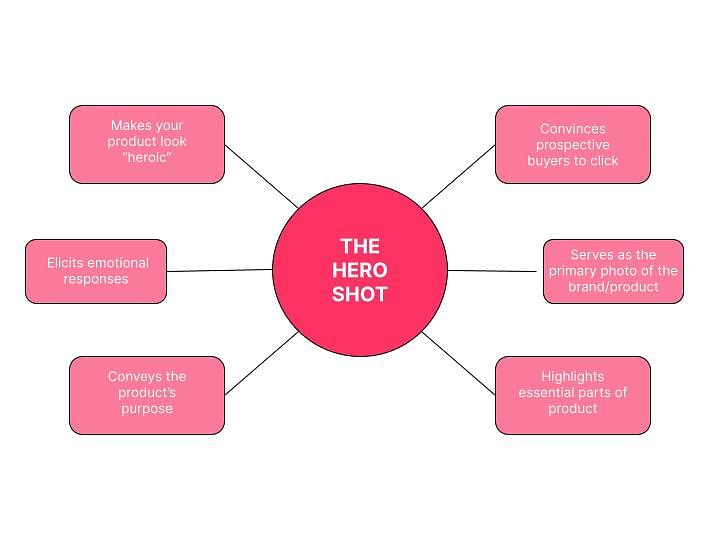
The hero shot is essential to any digital marketing campaign and online business; it should make your product look heroic. Its name comes from its role in capturing attention and driving sales by presenting your product in its best light.
Whenever potential customers drop by your page, the hero shot should give them the impression that your product provides the best solution for a specific problem they can identify with. Eventually, it must convince them to engage with your product.
Some might wonder how to make this possible given Amazon's strict guidelines (i.e., only using a white background, the main image has to fill in 85% of the overall space, and no additional texts or graphics). Although strict and somewhat limiting, there is still room for creativity. There will always be a way to make your product stand out.
One technique you can employ is using the original color of your product's packaging. Please note that this is not the box where you store it but the actual product container with the label.
| Example If you sell photo books for your prints, why restrict yourself to using dull colors like white, black, or grey for your cover art? Opt for red, orange, or any color to make your product pop in the search results. In doing so, you significantly help increase your click-through rate. |
Highlighting Your Product's Purpose
The next important aspect is highlighting the product’s usefulness. You must show your customers why they should care about your product and its impact on their lives.
Rather than just focusing on the cool features of the item in question, present how they will benefit your target buyers. Display pictures conveying usefulness to help them understand why they should pick your brand over the competition.
| Example This principle applies to lifestyle images. Instead of showing attractive models holding your product, show how it can be used. Show how your product figures in your customers' lives. You can also add elements to the image that would associate your product with a lifestyle consistent with your brand. Here are more tips for incorporating lifestyle images in your Amazon product listings: |
Final Thoughts
Being a photography-focused seller on Amazon is admittedly challenging. However, with the right tools and platforms, your photography brand has the potential to excel even in Amazon’s saturated market.
When selecting the right product image, remember that it should contribute to the overall goal of selling more products. Any element you include in your product images should be strategically selected and placed to create an image that meets this goal. Do you wish to start your Amazon career and sell ebooks, photos, and other products? Or do you simply want to learn more about using images to boost your product listing's ranking on Amazon’s search results? Find out through Seller Interactive’s free consultation by contacting us today.


